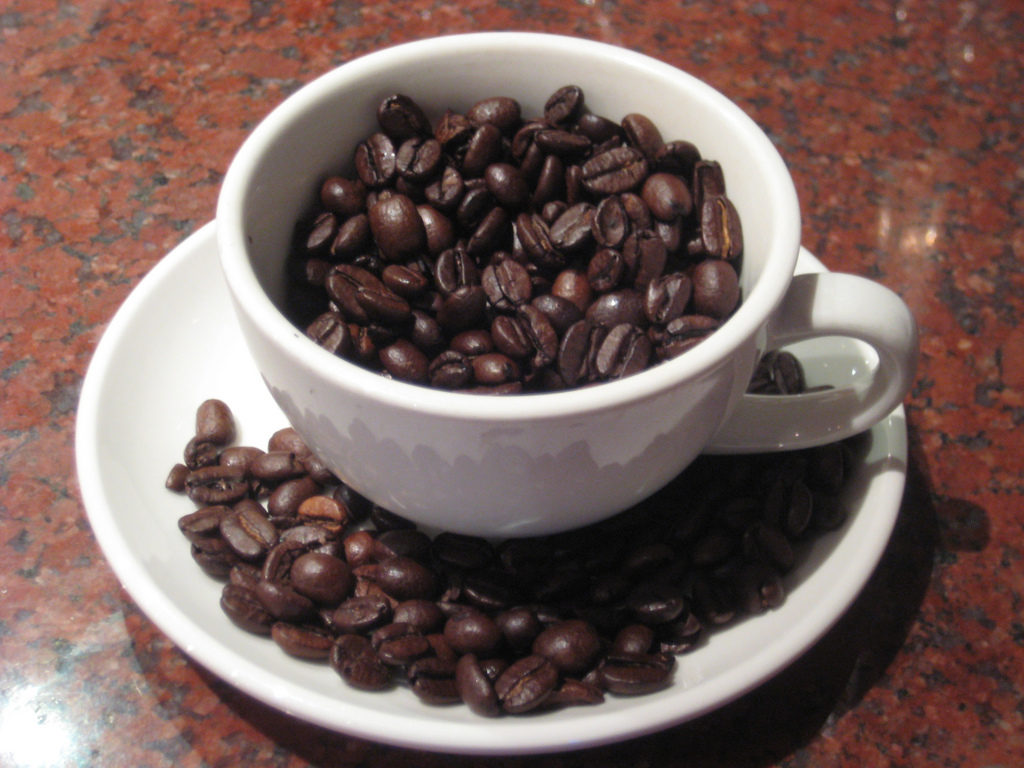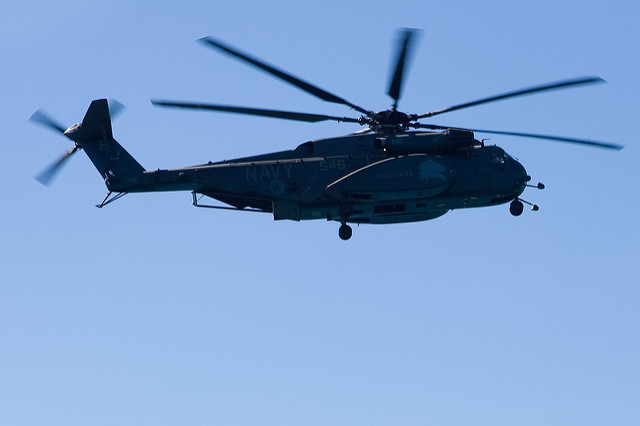To see my group’s more traditional fundraisers, read Part 1
Supporting a Local Business
This year we were looking for a new fundraiser to add to our list. In these tough economic times we knew that people wouldn’t buy just anything. We wanted to sell something that people normally use or consume on a daily basis. Since our trip destination is Costa Rica, we came up with the idea of selling coffee. We also decided to find a local company and we were happy to come across the Coffee Beanery which is located in our home state of Michigan and less than an hour away. Many people commented how happy they were to support a good cause and a local business at the same time. For our upcoming trip, I have nearly 30 students signed up to travel. In order to make this a fundraiser a huge success, I decided to ask all of my 160 students to consider selling coffee for us. For this particular fundraiser, we keep 50% of the profits. As an incentive to my non-traveling students, I offered to pay them $2 per item they sell. For example, if an item was $16, the company got $8, the Spanish Club kept $6, and the student earned $2. It was a great deal for all involved and this incentive helped us earn a couple thousand dollars in just a few weeks. It was quick, easy, and very effective.
The More, The Merrier
Another quick and easy fundraiser involves inviting family, friends, and neighbors to join you and your group for a night out to eat at a local restaurant. After all, eating out is one of America’s favorite pastimes. It certainly isn’t difficult to twist people’s arms and ask them to come join you for dinner. Popular restaurants such as Pizza Hut and Bennigan’s will allow you to invite and host guests for dinner on one of their less busy evenings. If they bring in the flier that you used to invite them to the event, your group earns a percentage of the sales for that specific evening. The food and drinks don’t cost any more than they normally would, your guests are rescued from having to cook dinner, and your group earns a profit. Each restaurant does it differently and it may vary from location to location. Some places, such as our local Pizza Hut, actually have the students help take orders and serve the food and drinks. Either way, this has also been an effective way for us to earn a quick, fun, and painless $500. Consider contacting your local restaurants to see which fundraising opportunities they may have to offer.
Greatest Fundraiser
Over the past ten years, our most successful fundraiser has been selling t-shirt advertisements to local businesses and asking for sponsorships from family and friends. Just before school lets out for the summer, I have my students create a list of businesses that they have connections with. I try to match students with places that they are more likely to have success in getting funds from due to having some type of personal connection. I then add other area business to each student’s list and try to even out the number of places each student will visit. If multiple students have a similar connection to the same business, I’ll often ask them to go together and then they can split the sponsorship. By creating a list, it helps to ensure that businesses aren’t bombarded with requests for funds. Any business not on the master list must be cleared by me and added to it before a student may visit. I then bring in a local businessman as a guest speaker and he teaches my students how to approach local merchants in an appropriate and professional manner. Students ask each business for a $100 sponsorship. In return, each business will have its name printed on the back of our Spanish Club shirts. The shirts are designed by our students including the theme of our trip and are later sold to the student body and to the community. Their names are listed in a thank you letter to the paper and also appear in the credits of our highlight movie shown to the community after the trip. Some businesses actually give more than $100 while others offer less. We gratefully accept whatever they offer and we are always sure to send personal thank you notes after the trip. Students also ask family members and friends to sponsor them. Their names appear on the back of our t-shirts as well. Each student keeps the exact amount that they raise. For students that don’t have many connections to work with, I try to match them up with longtime sponsors that have expressed interest in helping out once again. This helps to even the playing field a bit. I never require students to participate in obtaining ad sales or sponsorships. Some families just aren’t comfortable doing so and that is perfectly ok. How much money do we make doing this? It obviously depends on the number of students that participate and how hard they are willing to work. However, we usually make between $10,000-$15,000 running this ad and sponsorship campaign throughout the summer months. How is it possible to make this much money in such a poor economy? We work very hard to promote what our trip is all about and how it is a great experience for our students. We’ve built a solid tradition that our local community proudly supports. They hear back from us after the trip and from our video see firsthand the impact that their sponsorships have made.
Most Unique Fundraiser
Instead of saving the best for last, I’ve chosen to save our most unique. Parents of my student travelers approached me with an outstanding idea the summer before or latest trip. They proposed that we find a helicopter to fly over our football field during halftime of a Friday night football game against or biggest rival. The helicopter would drop 300 plastic footballs, each labeled with a number. The number would correspond to a raffle ticket that was sold for $20 apiece. I thought it was an awesome idea and we worked quickly to clear it with the school and even the appropriate authorities. (As a side note, if your school is located near a prison, be sure to inform them that this event is going to take place. It might save you a headache in the long run.) The parents and students over the age of 18 spent several weeks leading up to the game selling 300 raffle tickets to ensure that each ball was accounted for. The night of the big game, we then placed a football helmet in the center of the football field. The ball that landed closest to the helmet would indicate a winner. The person holding the ticket with a number that matched the number on the ball won $1,000. Winners did not have to be present to win. Instead, we had a list that matched each ticket number to a name and phone number. We were fortunate to find a local pilot that donated his time and fuel for this great cause. We did have to pay to get a state license that permitted this gaming activity and we also had to pay to have tickets printed. There was also a cost to have the balls made, but we can now reuse them in the future. After all of our expenses, we still made over $4,500. The event was a huge success and it also served as a unique form of entertainment for our community, especially little kids. In the week that followed, I received numerous phone calls from people saying how unique and fun they thought the ball drop was. In the future, however, we plan to increase interest by having three winners instead of just one and pay out amount amounts of $500, $300, and $200. To watch a video of this event, click here.
Traditional Fundraisers
Of course there are more traditional options that we fall back on when we absolutely have to. We’ve sold candy bars, mums, Tupperware, and even rock candy at Christmas time. We’ve raked leaves and shoveled snow for the elderly and even held bake sales. When planning your next fundraiser, consider mixing it up and trying something new. Think big! You might even be able to put the “fun” back in fundraising while bringing in greater profits.
Scott is a high school Spanish teacher and basketball coach. He began traveling with EF Tours in 2001 and has led 8 student tours to various Spanish-speaking countries. Scott strongly believes that student travel builds self-confidence and inspires students to develop and work towards long-term goals.
Flickr photo via freewine, USNavy
Related articles


